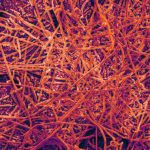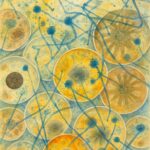Lien vers Pubmed [PMID] – 27264334
Semin. Immunol. 2016 Jun;
Innate and adaptive immunity have evolved as sophisticated mechanisms of host defence against invading pathogens. Classically the properties attributed to innate immunity are its rapid pleiotropic response, and to adaptive immunity its specificity and ability to retain a long-term memory of past infections. It is now clear that innate immunity also contributes to raising a memory response upon pathogenic assault. In this review we will discuss the interaction between bacterial, viral, fungal and parasitic molecular patterns and innate immune cells in which a memory response is imposed, or has the potential to be imposed.


